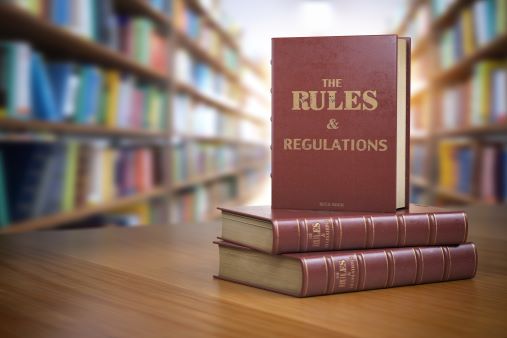In the wake of the recent U.S. Supreme Court ruling in Endrew F. v. Douglas County School District, school districts are tasked with developing substantively appropriate Individualized Education Plans (IEPs) that will stand up to the court’s heightened scrutiny. The only clear guidance provided from the court regarding how to meet this heightened standard is that an IEP must allow a child to make progress that is appropriate in light of his or her unique circumstances. However, a recent decision from the U. S. District Court for the Southern District of New York, A.G. and J.G. ex. rel. J.G. v. Board of Educ. of the Arlington Cent. Sch. Dist., may shed some light for school districts regarding what the courts view as “progress.” The New York federal court found that the school district’s IEP met the appropriate progress standard when it was reasonably calculated to enable the student to receive educational benefits that were appropriate in light of the student’s circumstances. Specifically, the court looked to whether the school’s programs were tailored to meet the student’s identified needs in decoding, encoding, reading and writing. The student was provided services for dyslexia and ADHD, including the use of a resource room to work on the student’s reading and writing, and during the time when the student was integrated in a regular classroom, the school provided a special education teacher to provide the student a level of support based on the goals in the IEP. The court focused on several factors, including progress reports that showed that the student met his annual goals, the student’s overall performance at his grade level, and whether the program was tailored to meet those identified needs. The court found in favor of the school district that the IEP was reasonably calculated to enable the student to receive educational benefits that were appropriate in light of his circumstances. While we saw the Supreme Court take a broad stance on the heightened scrutiny of IEPs developed by school districts, the A.G. and J.G. ex. rel. J.G. v. Board of Educ. of the Arlington Cent. Sch. Dist. decision gave us a look at ways school districts can make sure they are in compliance.
Subscribe
Do you want to receive more valuable insights directly in your inbox? Visit our subscription center and let us know what you're interested in learning more about.
View Subscription Center












